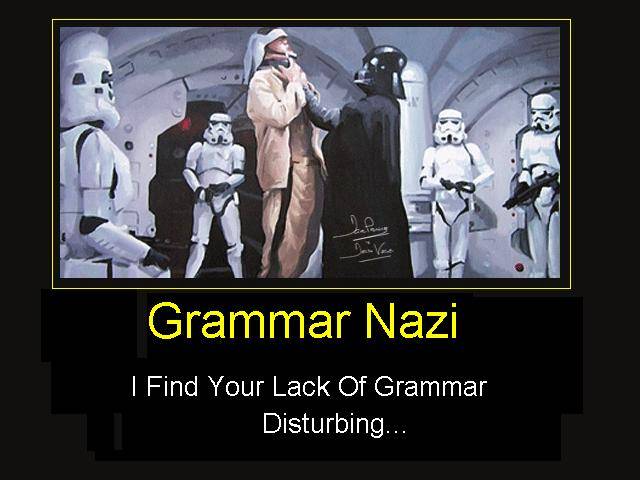- Sep 12, 2008
- 14,201
- 3,567
- 185
Which is the correct way to present a book, story or movie title in text? I have seen both italic and underlined. A few times both. There seems to be no consistency.
So is it War and Peace, War and Peace or War and Peace?
So is it War and Peace, War and Peace or War and Peace?


